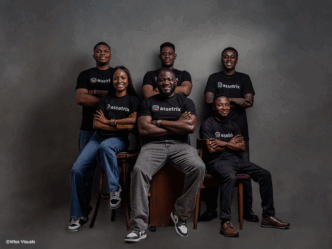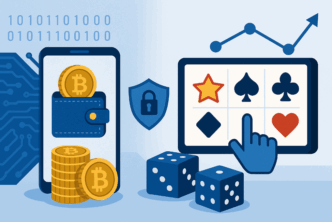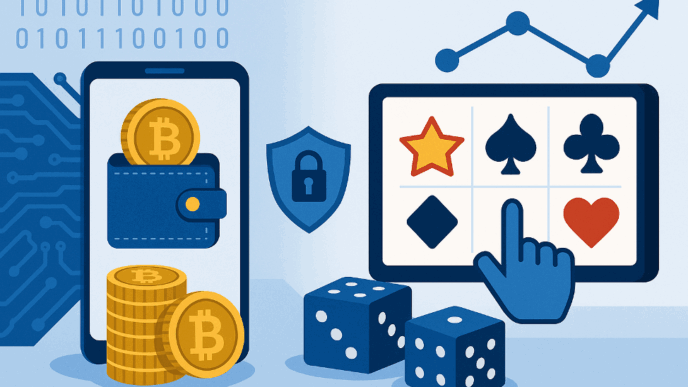Money flows fast in iGaming. The sector processes billions every year, and that kind of volume inevitably draws attention. Not just from players, but from cybercriminals. Fraud rings, and also hackers, and opportunists see the same numbers and look for weaknesses to exploit. For anyone working in or around the sector, learning how to avoid financial pitfalls is just as important as following the games themselves.
One of the easiest ways to cut risk is by sticking to trusted services. Tools such as the 1xbet app download give users streamlined access with built-in safeguards. Convenience matters, but so does peace of mind.
Why fraud keeps growing
| Attack type | Share of total cases (%) |
| Phishing emails | 32 |
| Payment fraud | 28 |
| Account takeover | 22 |
| Other | 18 |
Where the biggest risks lie
Financial risks in iGaming take several forms. Some are direct, like account hacking or stolen deposits. Others are indirect but equally damaging, like chargebacks, hidden processing fees, or insider leaks.
Nearly one in three online players have faced some type of fraudulent activity in the past twelve months. That number alone explains why trust and security remain the pillars of the business.
Main types of attacks players face
Cybercriminals focus on patterns that work. In gaming, several attack types stand out:
- Phishing messages disguised as support alerts
- Fraudulent payment attempts with stolen cards
- Account takeovers through reused credentials
- Malware designed to steal login details
Tools that improve security
Players and platforms share responsibility. Operators invest in encryption, firewalls, and AI monitoring. Players secure their logins and learn to spot suspicious activity.
Enhanced access systems such as 1xbet login already show how frictionless security can work. Simple measures like biometric scans or two-step codes add barriers for attackers without ruining the user experience.
Data snapshot
| Year | Global fraud losses (USD billions) |
| 2020 | 26 |
| 2021 | 30 |
| 2022 | 36 |
| 2023 | 40 |
Regulation as a safety net
Regions with stricter frameworks report fewer fraud cases compared to loosely regulated markets. Oversight doesn’t just protect players—it strengthens the reputation of the entire sector.
- Forecast year 2024 – Market value: 90 billion USD
- Forecast year 2025 – Market value: 100 billion USD
- Forecast year 2026 – Market value: 110 billion USD
- Forecast year 2027 – Market value: 120+ billion USD
Digital innovation in protection
Machine learning can flag unusual patterns in real time. Blockchain adds transparency to payments. Biometric tools reduce the risk of stolen logins.
Insights from experts
Every high-profile breach reinforces the lesson. And every recovery story shows that strong systems and informed users can turn the tide.
- Unique strong passwords – 42% of players use them
- Two-factor authentication – 37% of players adopt it
- Secure payment methods – 55% of players rely on them
- Unprotected accounts – 28% of players leave them vulnerable
Player awareness matters most
Technology helps, but careless players still create openings. More than half of online users admit to reusing the same password across accounts. That single habit fuels many of the easiest hacks.
Operators are responding by educating users, embedding prompts, and running awareness campaigns. Security is slowly becoming part of the experience, not just an afterthought.
| Security tool | Fraud reduction (%) |
| Two-factor login | 45 |
| Biometric verification | 52 |
| AI fraud detection | 35 |
| Blockchain systems | 40 |
Hand in hand
Cybercrime will always chase big money. But the iGaming sector is learning fast, combining regulation, innovation, and awareness to reduce risks. For professionals, this means more stability. For players, it means safer platforms and a better experience. Growth and security go hand in hand, and neither can afford to fall behind.












